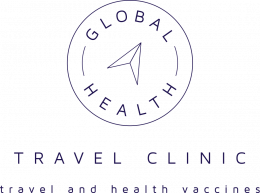Travelers should be protected against Cholera by vaccination when entering areas at risk. One of the most at risk groups of visitors are not holiday and business travelers, but those classed as ‘visiting friends and relatives’ or VFR. This is particularly the case with Malaria prophylaxis.
Researchers are reporting a link between a climate phenomenon know as El Nino and the number of cholera cases in eastern Africa. Predicting when there’s going to be an El Nino event could improve public health preparedness.
A study published in the Proceedings of the National Academy of Sciences found the incidence of cholera increased in countries in East Africa.
“Because they can either lead to surface flooding that washes contamination into drinking water in areas where there’s open defecation,” said epidemiologist Sean Moore, who led the study. “It also can lead to overflowing of sewer systems in urban areas which again can lead to contamination of drinking water.”
But during El Ninos, researchers found the incidence swelled by some 50,000 cholera cases in eastern Africa.
Scientists also saw a slight increase in the number of cholera cases in areas hit by drought due to El Nino, because when water becomes scarce, available drinking water can become contaminated by bacteria in human waste.
Without treatment, mortality rates from cholera can climb as high as 50 percent.
“An advance warning could, even if it doesn’t prevent outbreak, it could at least prevent the deaths that tend to occur during the early part of an outbreak,” he said.
With oral re-hydration therapy, Moore said the risk of death from cholera drops to 1 percent. He said there are now cheap cholera vaccines that could be used to prevent the disease when it’s known that an area is going to be hit by an El Nino.
